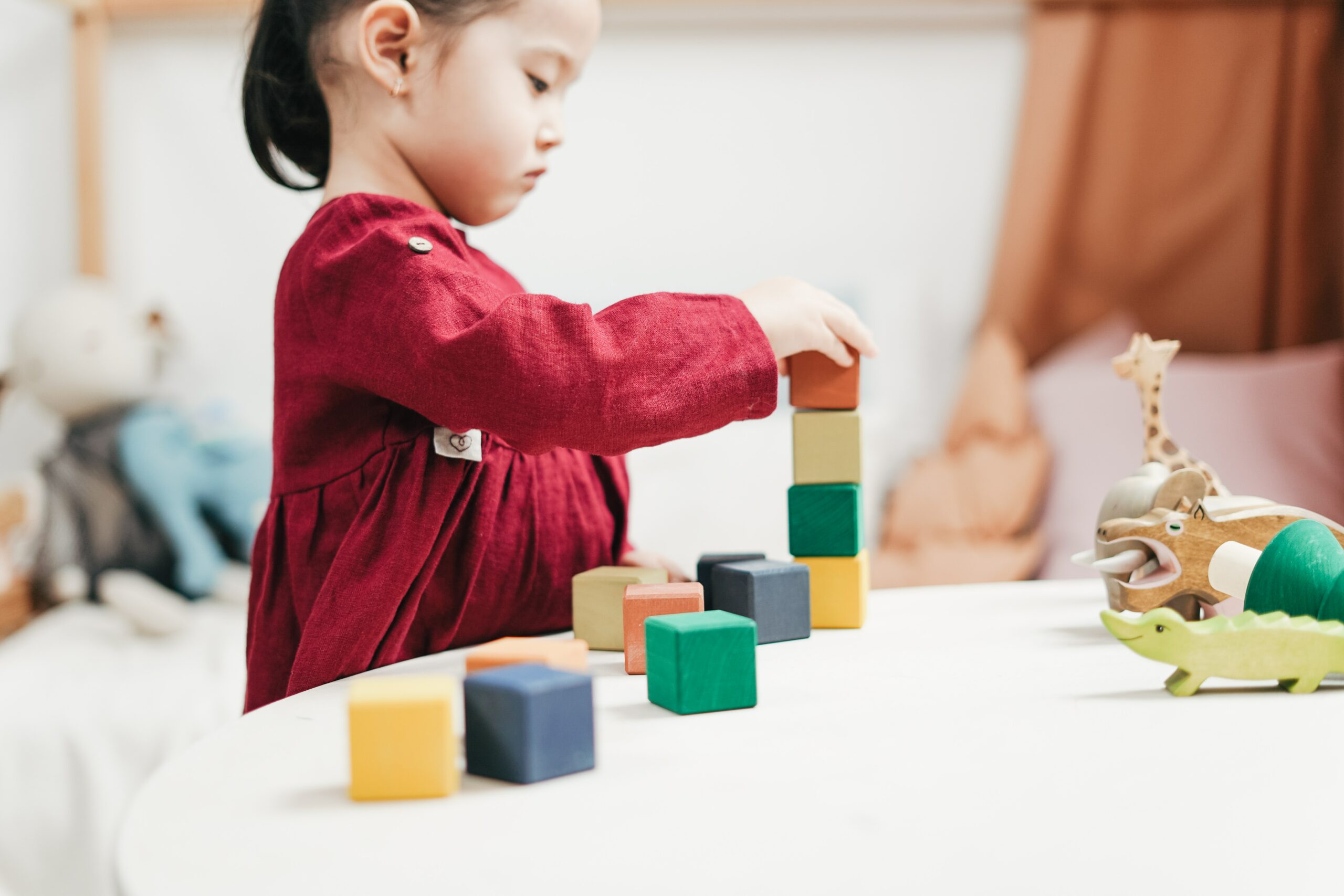

There has been a 46% increase in acts of violence and discrimination of Asian Americans in the past year.
According to data released by Stop AAPI Hate:
These numbers are powerful data points that partially quantify the scope of discrimination Asian Americans experience. These numbers only represent a small portion of the crimes that have actually occurred. There are several data challenges that point to rates much higher than we know. The Justice Department and FBI are required by a 1990 Hate Crime Statistics Act to publish an annual report on hate crime statistics. This source is the most comprehensive look at hate crimes across the country; however, incomplete due to the inconsistency of required reporting of law enforcement agencies. Out of the 18,000 agencies across the US, nearly 3,000 of them did not report data in 2019. In addition to the lack of reporting, under reporting of individuals who have experienced a hate crime is also common. Those individuals may be scared of retaliation or think that it wasn’t reportable due to the type or scope of the incident.
In addition to underreporting by both the victim and law enforcement agencies, another challenge is the way in which race groups for those of Asian race are lumped together. In a study conducted by Washington Center for Equitable Growth in 2016, there are a many as 50 different races and ethnicities that can be classified under the broad term Asian American or Pacific Islander. By lumping race groups together and not capturing all the unique races and ethnicities that the term Asian race contains, it limits a complete picture of the patterns and trends occurring, which prohibit evidence-based solutions to be implemented equitably amongst all in the Asian community.
What we do know is trauma, like the violence experienced by Asian Americans, impacts children. According to Census data obtained by the Virginia Kids Count Data Center:
It is unclear what projections of percentages of child poverty will be in the coming future. Federal legislation like the Family First Act and the EITC amendment, will aid families with some economic relief, but other unknown factors such as the unemployment rate and when public health restrictions are lifted prohibit a clear picture.
Our goal is to ensure no child or person experiences a hate crime or any type of violence. Children experiencing trauma, which can be a single event or multiple events, can having lasting impacts on the individuals physical, social, emotion, or spiritual well-being. Racism is a driving factor that impacts the social determinant of our personal and public health, family economic security, housing, food security, and education. Immediately, we are seeing impact in decisions parents are making regarding children’s immediate learning environment in places like Fairfax County Public Schools in Northern Virginia, which is the largest district in Virginia. According to a recent presentation of the Fairfax school board regarding back to school instruction, in the spring of 2021 just over 30 percent of Asian families selected face-to-face instruction. This was the smallest return rate among any racial group in the district. While we may not have data like this is available for every school district across the state, it certainly verifies trends we are seeing in which violence and racism is visibly impacting children. A recent study of Asian American Youth found that one in 4 had been victims of racist bullying during the pandemic.
One immediate step to address the reported rise in violence that legislators have taken includes the creation of an Asian American and Pacific Islander Caucus. Only meeting for the first time last week on National Day of Action and Healing to Stop Asian Hate, proclaimed by Governor Northam, this group has the potential to address root causes of this trauma at the policy level.
At Voices for Virginia’s Children, we are home to the Racial Truth campaign that serves to empower the voice of marginalized communities working on policy topics that address the severe effects of systemic oppression and intuitional inequality. This is why we supported the resolution to declare racism as a public health crisis, and will continue to use both an equity and trauma lenses in all policy, advocacy, and data work we prioritize.
Read More Blog Posts